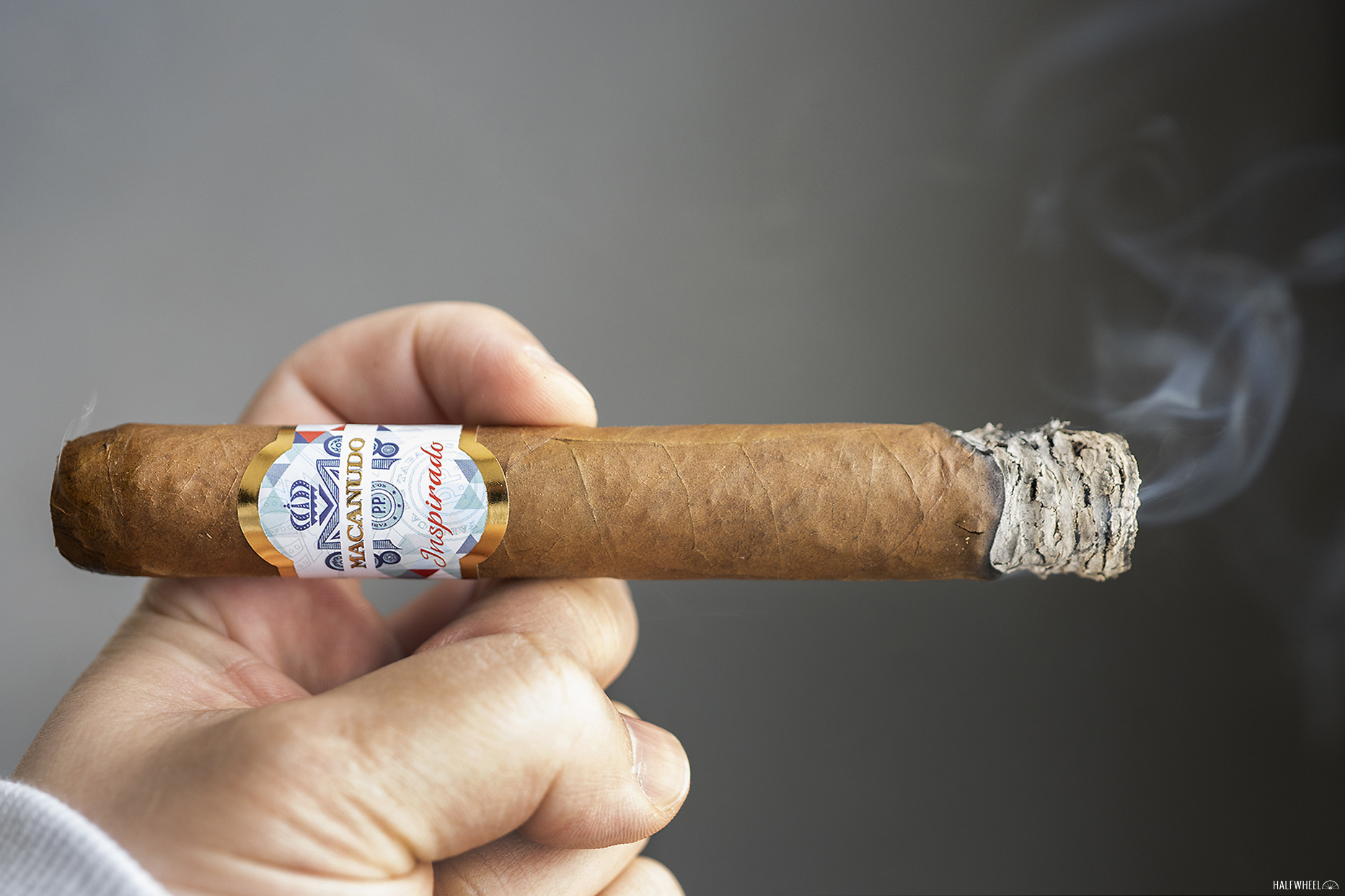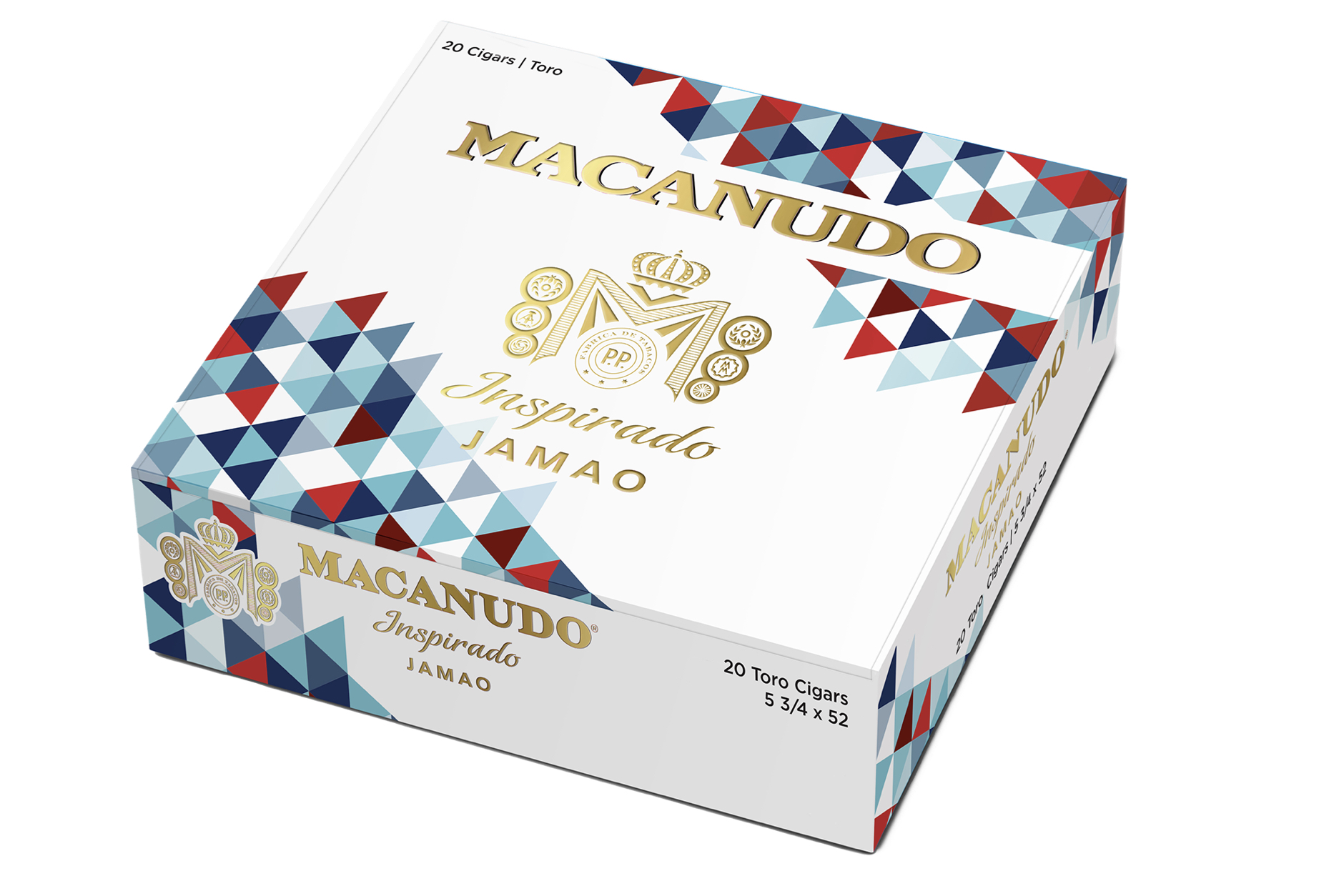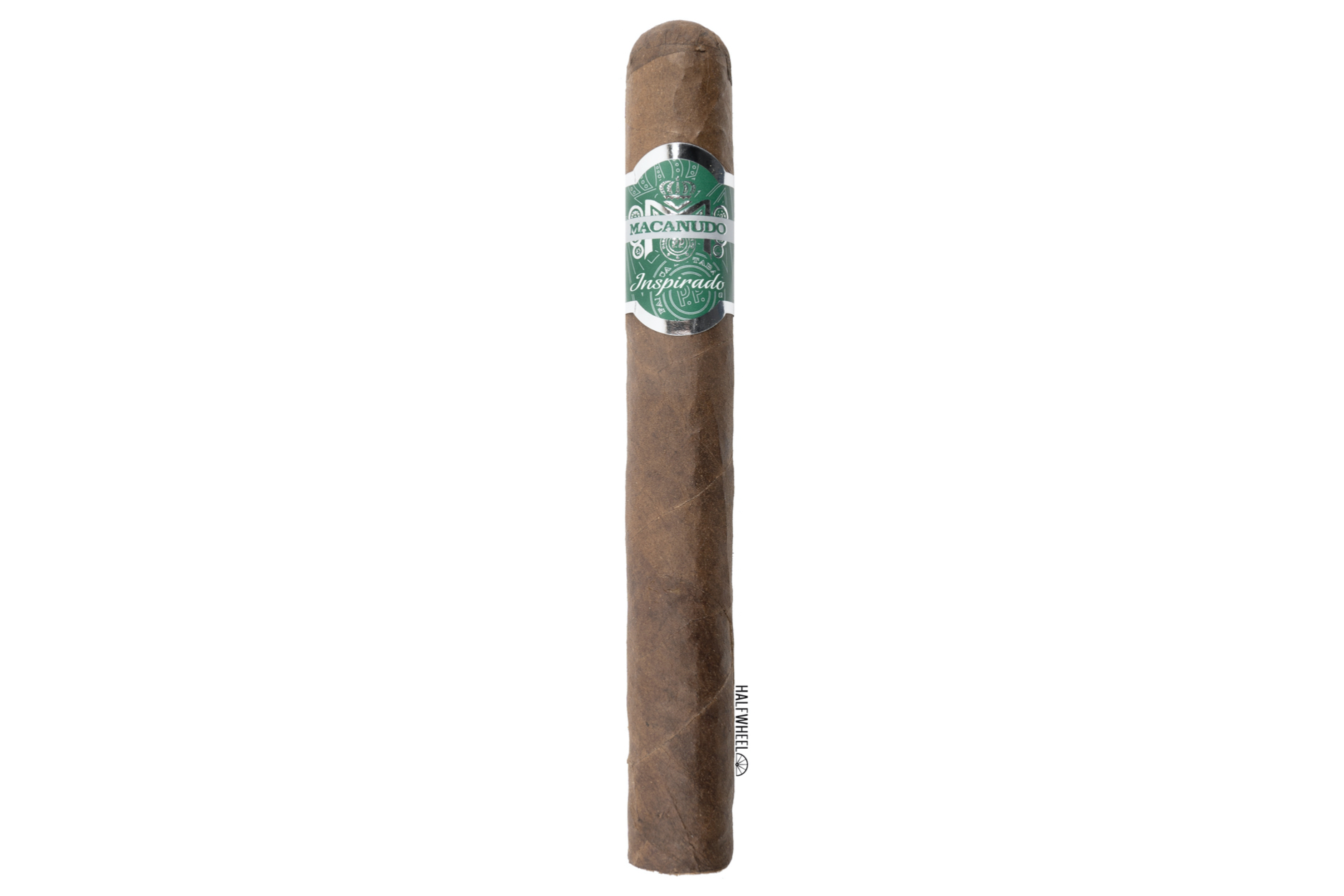Most cigar companies tend not to talk in-depth about seed varietals. I suspect there are two primary reasons for this. First, the information is probably pretty useless for most consumers as a single seed-varietal is just one of dozens, if not hundreds of variables that go into how a cigar will perform. Furthermore, I’m not sure how useful it would be if you knew the specific seed of a tobacco, because it’s not like there’s enough collective disclosure that a consumer could walk into a store and ask for a cigar that included “corojo F-241X.” Second, some cigar companies are pretty paranoid about their competitors copying them.
General Cigar Co. releases as many new blends as just about any company and it also is one that talks about seeds and tobacco varietals more than most. Sometimes, there’s an absolutely epic story that seems almost too good to be true, other times it’s a lot easier to follow along.
The Macanudo Inspirado Jamao is very easy to follow along.
Jamao is a word that General made up, combining the names of two tobacco growing-regions the Jamastran Valley in Honduras and Mao in the Dominican Republic. General took a habano seed that it grew in the Jamastran Valley and planted in Mao, located in the northwestern part of the country, about halfway between Santiago de los Caballeros and the Haitian border. That tobacco was grown under shade cloth and is now the centerpiece of the newest Macanudo line.
“For this limited edition expression of Macanudo Inspirado, we acclimated a habano seed varietal from Jamastran, Honduras to Mao, D.R. and ultimately produced a beautiful wrapper,” said Jhonys Diaz, svp of leaf operations for General Cigar Co., in a press release. “To honor the many people who worked hard to produce this wrapper for the first time, we named the release ‘Jamao’ which represents the blending of Jamastran and Mao.”
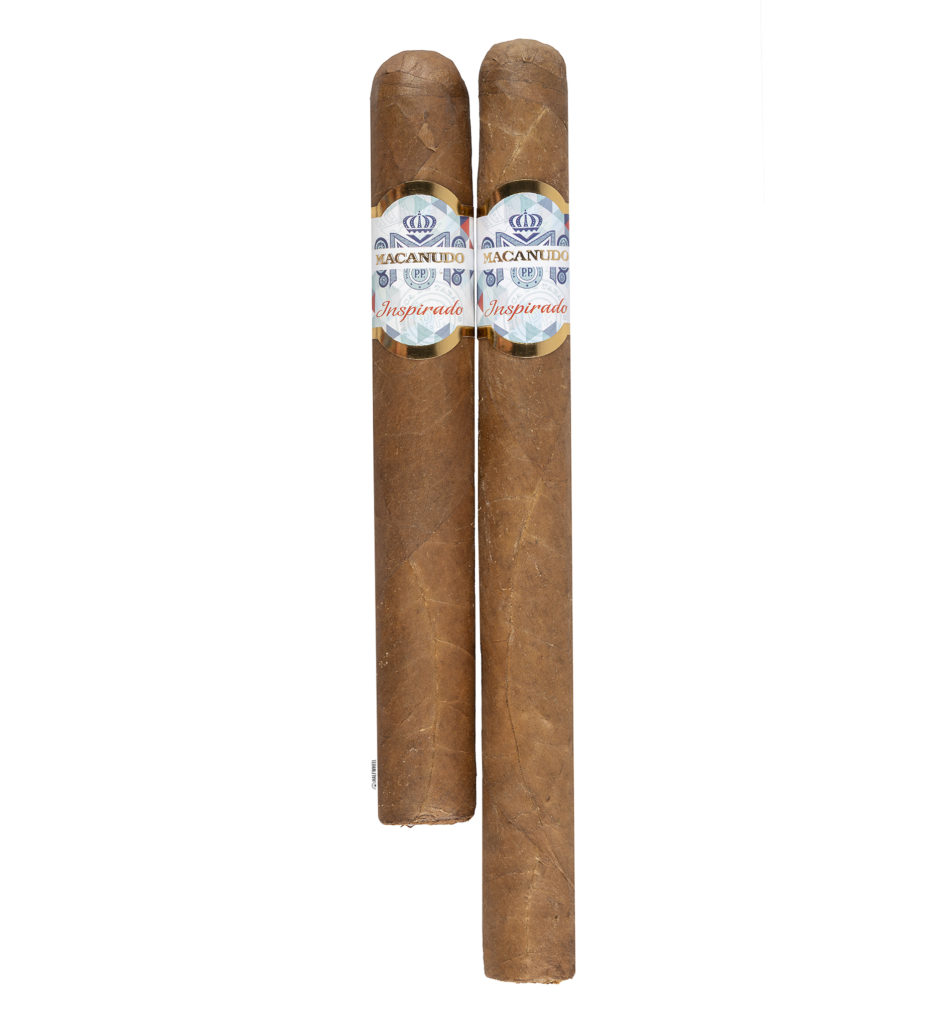
- Macanudo Inspirado Jamao Toro (5 3/4 x 52) — $10.49 (Box of 20, $209.80)
- Macanudo Inspirado Jamao Churchill (7 x 49) — $10.99 (Box of 20, $219.80)
This is the sixth different line within the Macanudo Inspirado brand, joining the White, Orange, Green, Black and Red lines, with Inspirado one of three groups under the Macanudo umbrella. There is also the Legacy Series, which includes the well-known Café, Maduro, 1968, Crü Royale, Gold Label and Vintage lines, and then there is M by Macanudo, a collection of six flavored cigars.
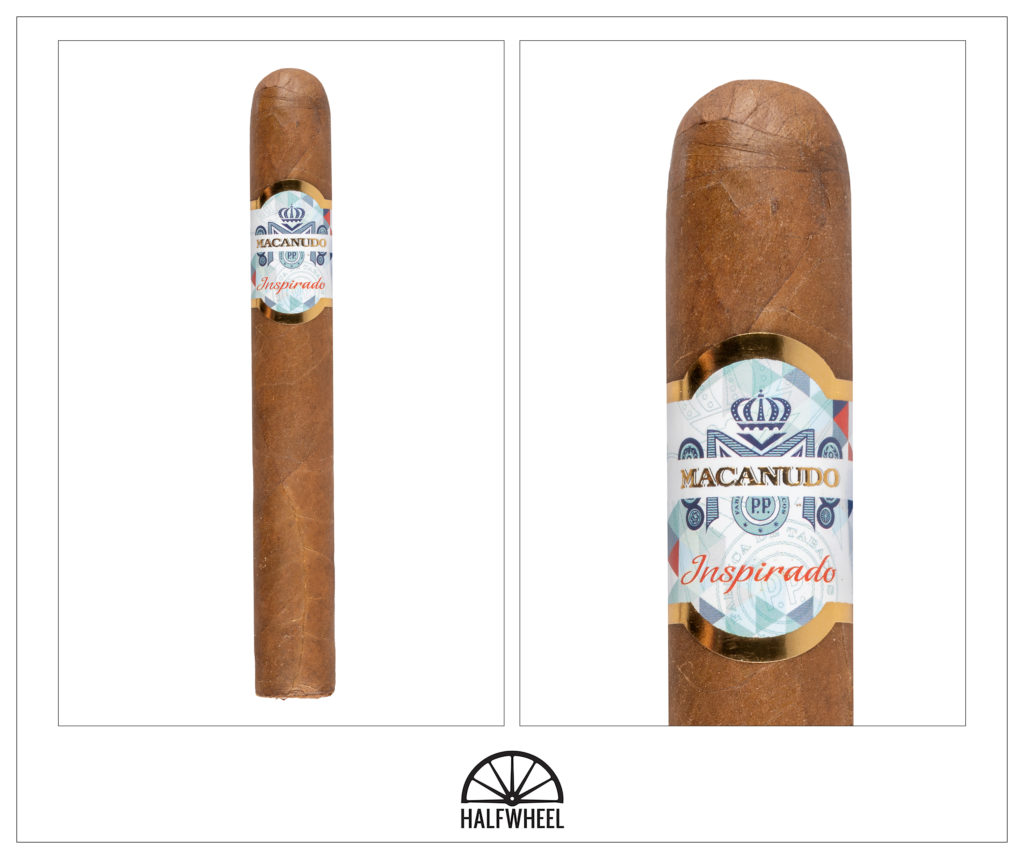
- Cigar Reviewed: Macanudo Inspirado Jamao Toro
- Country of Origin: Dominican Republic
- Factory: General Cigar Dominicana
- Wrapper: Dominican Republic (Habano)
- Binder: Honduras
- Filler: Dominican Republic, Honduras & Nicaragua
- Length: 5 3/4 Inches
- Ring Gauge: 52
- Vitola: Toro
- MSRP: $10.49 (Box of 20, $209.80)
- Release Date: July 5, 2022
- Number of Cigars Released: 46,000 Total Cigars
- Number of Cigars Smoked For Review: 3
These were purchased as part of an order of 24 cigars from a retailer that we frequently purchase from. For whatever reason, each of the Macanudo Inspirado Jamaos that I’ve seen from that order have minor visual imperfections, something that doesn’t appear to be an issue with the other cigars in that order. The feet of each of the toros are smushed to varying degrees, and in the very first picture in this review you can see one cigar with a noticeable patch job on the front-facing side. There are also small cracks on two of the cigars. As for the wrapper, it’s a medium brown with a consistent amount of discoloration that reminds me of the visual profile of cardboard. It photographs better than it looks in person with the veins not showing as much and the oil being exaggerated a bit more than my eye can tell. The aromas from the wrapper are medium-full and include leather, barnyard and some stale paper smells. I find the foot to smell stronger with earthiness, leather and allspice powder that really makes my nose tingle. Cold draws have earthiness, a yogurt-like creaminess, some meatiness and a mild ketchup fruity sweetness; intensity-wise, they are full.
The first puff reminds me of a lot of General’s more Dominican-forward blends: a deep earthiness, peanut shells, cedar and then some toastiness. It’s medium-plus and consistently a very dry opening. While the list of flavors might suggest otherwise, it get’s less dry as the cigar burns, though it’s still drier than normal. Flavors of grain cereal and earthiness lead creaminess, leather, white rice and bits of black pepper. One cigar has a nutty mixture that is equal to the cereal and earthiness, but it’s not present on the other two cigars. The finish has an even stronger cereal flavor, more like Wheaties, along with earthiness, some generic harshness and bits of toastiness. Retrohales provide very bright nutty flavors—almost like chopped toasted walnuts—over earthiness, herbal flavors and burnt butter. Unfortunately, the flavors leave my taste receptors very quick, so I don’t get to experience them as long as I’d like. It finishes with peanut shells, leather, white pepper and some red apple flavors. Flavor is typically medium-full—retrohales are full—body is medium-full and strength is medium-plus. The ash is extremely firm, which is nice, though I find the smoke production improves when the ash is knocked off. While the ash is firm and smoke production is fine, the cigar doesn’t seem to want to burn evenly, so touch-ups are needed for that.
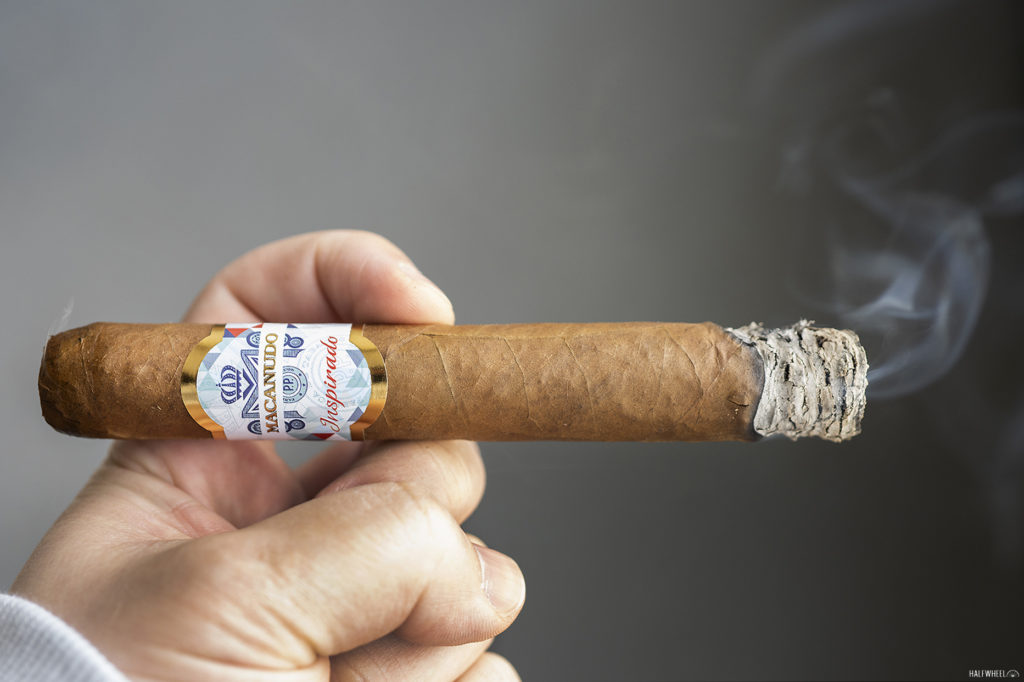
While the nuttiness wasn’t present in every cigar during the first third, I find it to be the leading flavor during the second third of each cigar. Creaminess, leather, damp cedar and a touch of saltiness round out the profile, which is still somewhat dry, though not as much as before. The finish has bread and earthiness, but the biggest change comes from a whole milk-like creaminess that really seems to modify the way my palate interacts with the other flavors. One cigar has some generic harshness, but it’s not present on the other two. Retrohales have creaminess, cedar and black pepper; not only is it fewer flavors, but they are milder than before. They finish with nuttiness over creaminess and, after the halfway point, small amounts of black pepper. One cigar has the cedar carry over to the finish, joined by a toasted bread flavor that reminds me of grilled and buttered hotdog buns. Flavor is medium-full to full depending on the puff, retrohales continue to be full, body is medium-full and strength is medium-plus. Touch-ups are needed to correct an uneven burn, but the smoke production is pretty consistent and I have no issues with the draw.
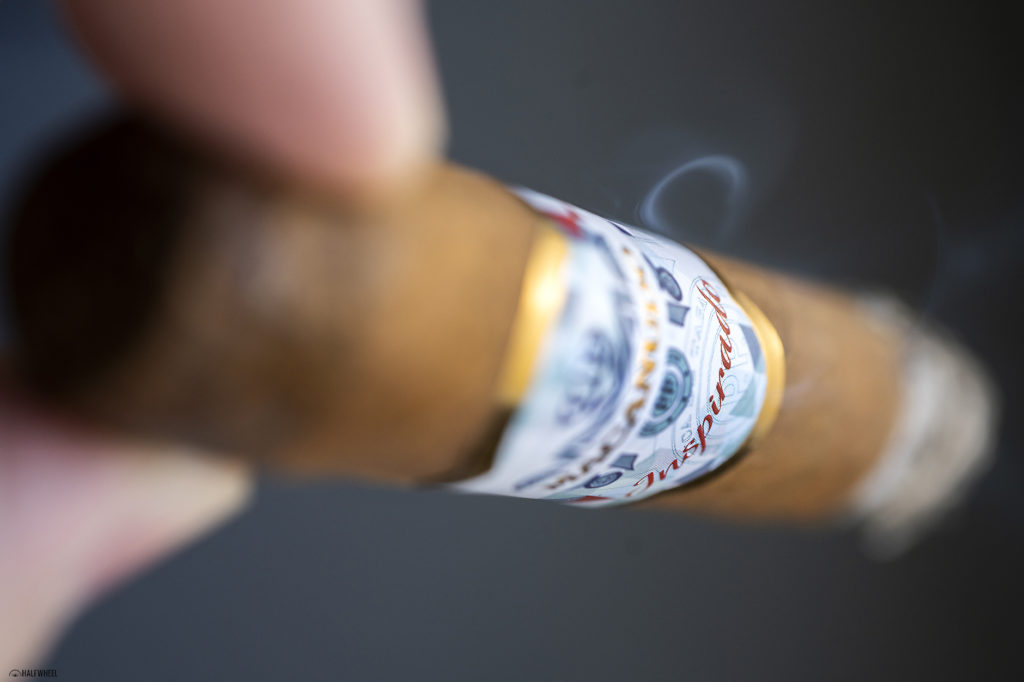
A mild toastiness accents the nuttiness, the first two flavors I taste when the smoke is in my mouth, then there’s a big creaminess. It reminds me a lot of the retrohales of the cigar, particularly because the flavors disappear very quickly. There’s nuttiness, toastiness and some popcorn that are present both when the smoke is in my mouth and during the finish, though creaminess gets added for the latter part. Retrohales continue to be defined by creaminess, I find leather and some herbal flavors added to the fray, but they are generally pretty similar to the second third: fuller than the main flavor with the individual tastes leaving my taste receptors quicker than average. It’s tough to differentiate the finish of the retrohale to the main part, the only real difference is the creaminess becomes more dominant. Flavor is more medium-full than full, body is medium-plus and strength is medium-plus. As has been the case since the start, touch-ups are needed to help the burn line, which is not consistent.
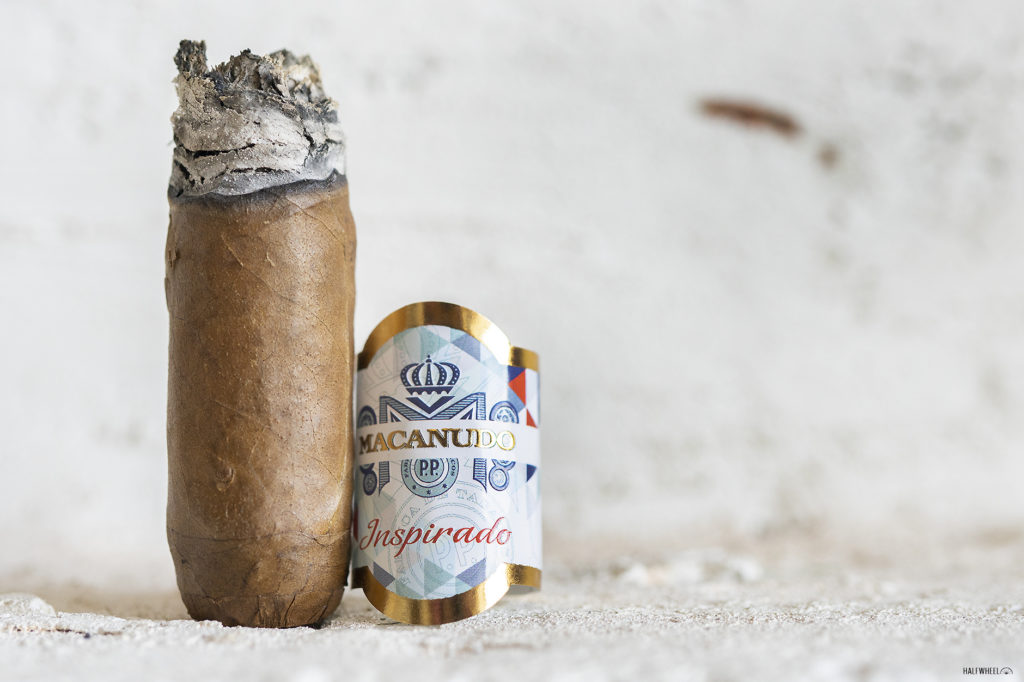
Final Notes
- I don’t think the issues with the smushed feet played a role in the construction issue. At most it was three-quarters of an inch of a slight smush, not box-pressed but also not round. It sort of looked like a cigar that was pressing in the box, which is likely the cause of the issue. The uneven burns became a thing after the point of where the cigars appeared smushed.
- Most of the time I find myself touching up a cigar it’s to help with smoke production, though that wasn’t really the case here. It would seem like after 20-30 minutes, I’d look at the cigar and see that 15-20 percent of the wrapper was no longer burning or burning at the same rate as the rest of the cigar.
- There’s more of a taper on the caps of these cigars than what I find on most parejo cigars these days. It’s not a full 109-style cap, a hybrid between a parejo and a belicoso, but it’s noticeably different than what I’d consider a typical cap.
- I found an underlying spiciness—fairly mild—that I can’t really describe or place all that well. It wasn’t an accenting flavor, more like background noise that was easy to tune out, even though it was present on just about every puff.
- The star of the show is the retrohale, specifically the creaminess found on the retrohale. While it works well within the profile, the intensity and the way it coated the palate seemed out of place compared to most of the other flavors.
- While the dry profile isn’t the first one I’d choose, my largest complaint about the flavor is how quickly the individual notes seemed to disappear. It’s not to say that five seconds after taking a puff I tasted nothing, rather, I got a lot of generic tobacco flavors.
- The pattern used on the background of this band reminds me a lot of the backside of the Fratello Arlequín’s band.
- General Cigar Co. advertises on halfwheel.
- Cigars for this review were purchased by halfwheel.
- Final smoking time was right around two hours on average.
- Site sponsor Famous Smoke Shop carries the Macanudo Inspirado Jamao Toro.
From nearly the first puff onward, I felt like I was smoking a cigar that tasted like something that General would have released 10 years ago. This is largely because of the level of dryness, something that hasn’t completely gone away in the modern cigar industry, but rather morphed. I find the drier cigars that get released today to have more earthy-forward flavors or sometimes nutty-forward flavors, this is different. There’s a general dryness that seems to accent most flavors that is very obvious when smoking the cigar without the assistance of a beverage. I suspect if I smoked the cigar while drinking just about anything—water, whisk(e)y, carbonated beverages—this dryness would not be as apparent, but when I smoke the Inspirado Jamao Toro on its own, it’s inescapable. That’s not really why this score is what it is, the constant touch-ups—while minor—add up and detract from the score. If you really enjoyed some of the medium to medium-full cigars within General’s portfolio from a decade ago, I suspect you will really enjoy the Macanudo Inspirado Jamao Toro. For me, I’d rather smoke the company’s more modern-tasting blends.

